It is found that all electromagnetic signals sent from A towards B reach point C inside the glass sphere, as shown in figure. The speed of electromagnetic signals in glass cannot be:
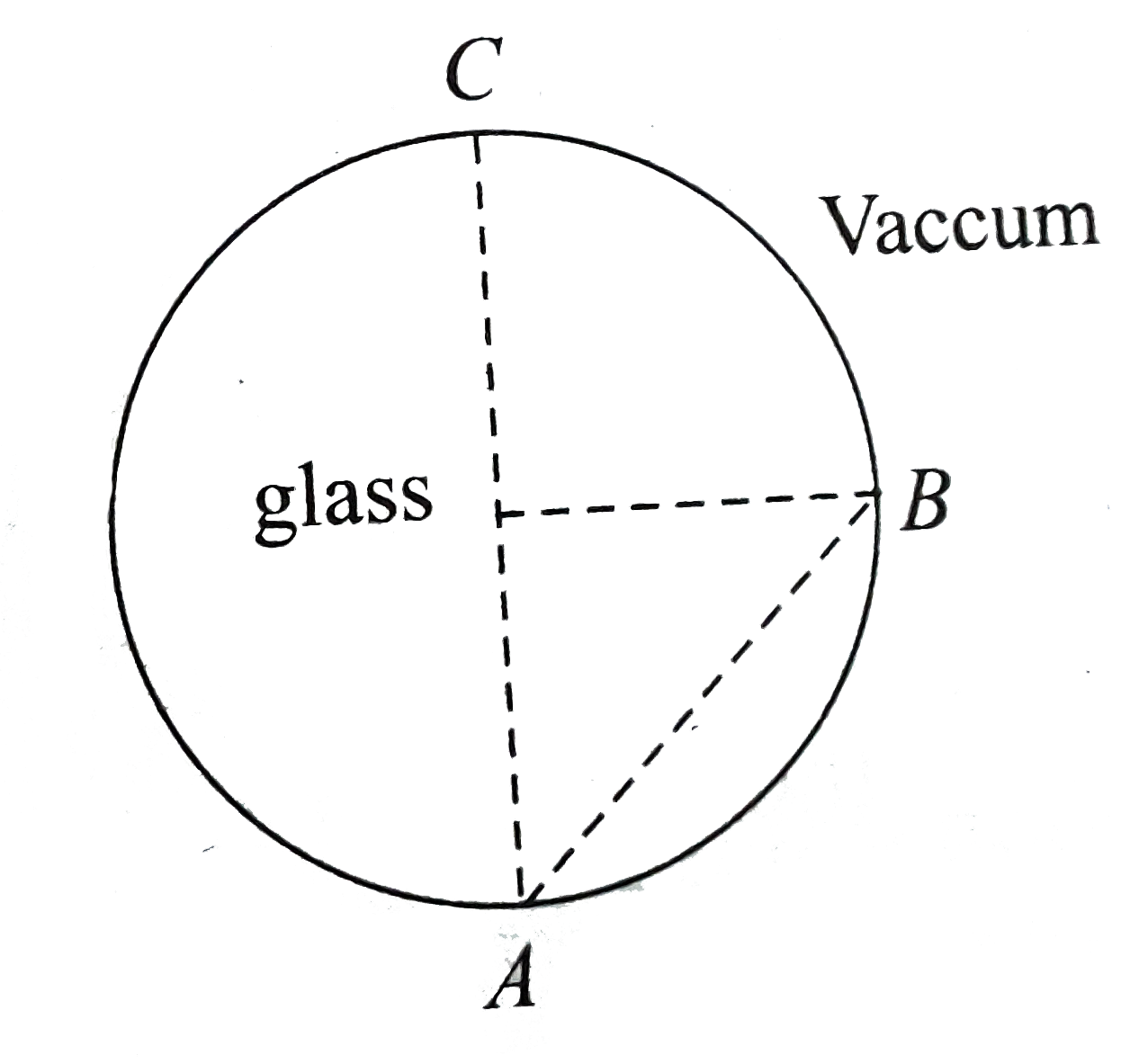
1.0×108ms−1
2.4×108ms−1
2×107ms−1
4×107ms−1
The correct Answer is:b.
This is a case of total internal reflection .
Here θ=45∘ and θ>θC
⇒45∘>θC⇒sin45∘>sinθC
⇒1√2>1μ
⇒μ>√2 (As v=cμ)
⇒cv>√2
v<c√2=3×108√2⇒v<2.1×108
Only (b) is not possible.

Topper's Solved these Questions
- BOOK - CENGAGE PHYSICS ENGLISHCHAPTER - GEOMETRICAL OPTICSEXERCISE - Assertion-Reasoninig2videos
GEOMETRICAL OPTICS
- BOOK - CENGAGE PHYSICS ENGLISHCHAPTER - GEOMETRICAL OPTICSEXERCISE - Linked Comprehension51videos
GEOMETRICAL OPTICS
- BOOK - CENGAGE PHYSICS ENGLISHCHAPTER - GEOMETRICAL OPTICSEXERCISE - Subjective26videos
GEOMETRICAL OPTICS
- BOOK - CENGAGE PHYSICS ENGLISHCHAPTER - ELECTRON,PHONTS,PHOTOELECTRIC EFFECT & X-RAYSEXERCISE - dpp 3.315videos
ELECTRON,PHONTS,PHOTOELECTRIC EFFECT & X-RAYS
- BOOK - CENGAGE PHYSICS ENGLISHCHAPTER - HEATING EFFECT OF CURRENTEXERCISE - Thermal Power in Resistance Connected in Circuit27videos
HEATING EFFECT OF CURRENT
Similar Questions
It is found that electromagnetic signals sent inside glass sphere from A towards B reach point C. the speed of electromagnetic signals in glass cannot be:
 View Solution
View SolutionA ball of mass m is released from A inside a smooth wedge of mass m as shown in figure. What is the speed of the wedge when the ball reaches point B?
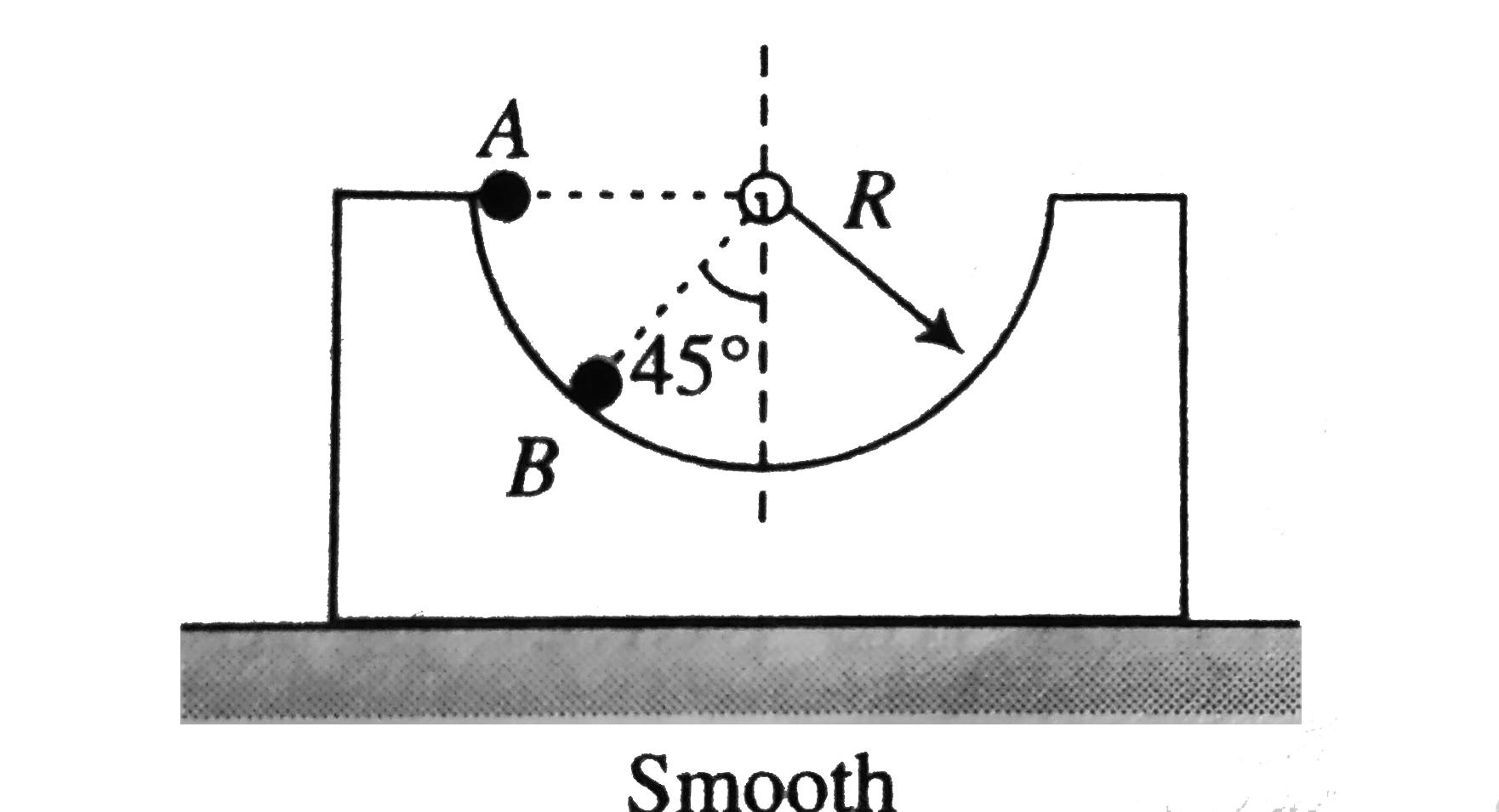 View Solution
View SolutionA cavity of radius r is made inside a solid sphere. The volume charge density of the remaining sphere is ρ. An electron (charge e, mass m) is released inside the cavity from point P as shown in figure. The centre of sphere and center of cavity are separated by a distance a. The time after which the electron again touches the sphere is
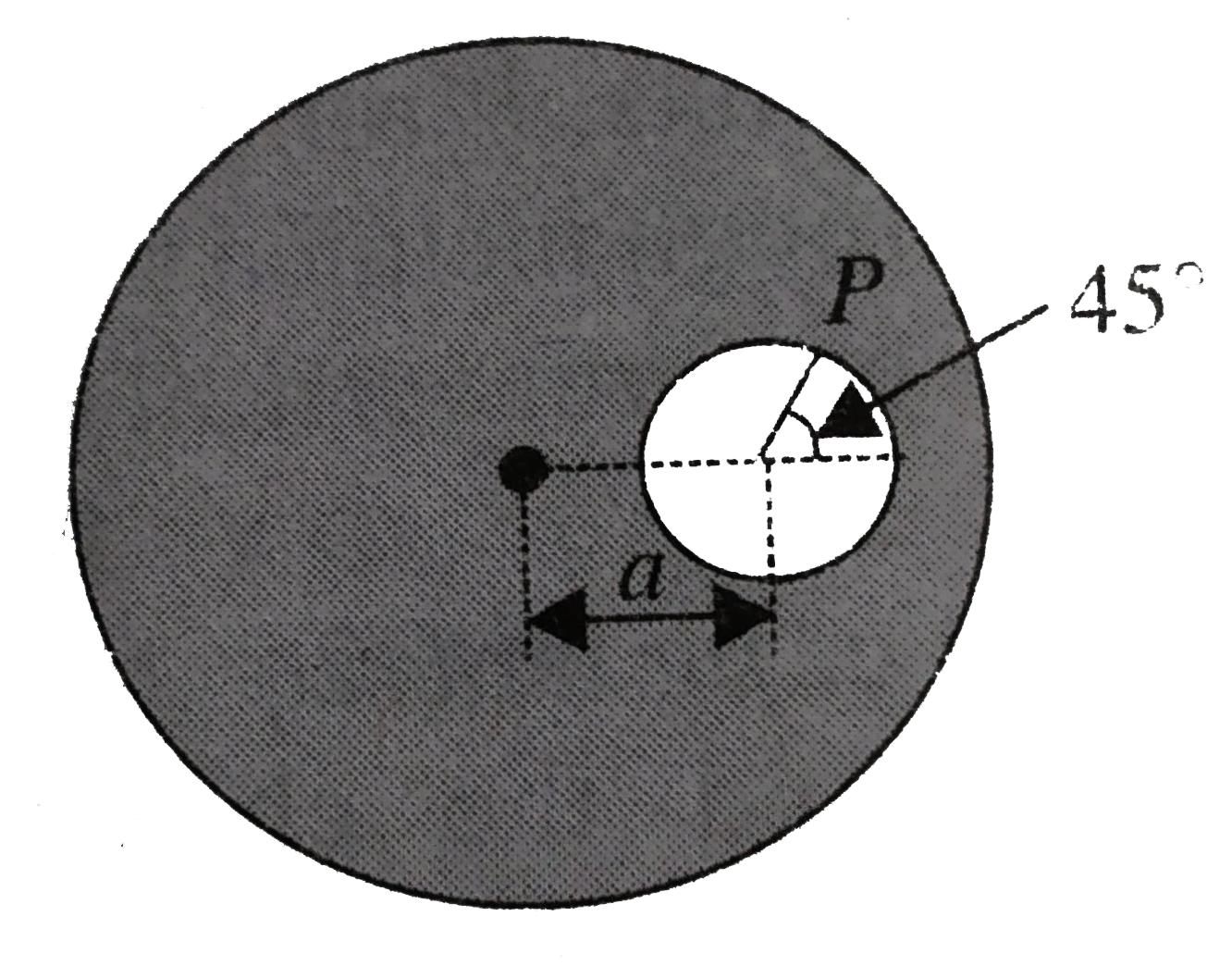 View Solution
View SolutionA point object O is placed slightly above the centre C of a glass sphere as shown in figure. If it is viewed almost normally from above the sphere, its image is seen
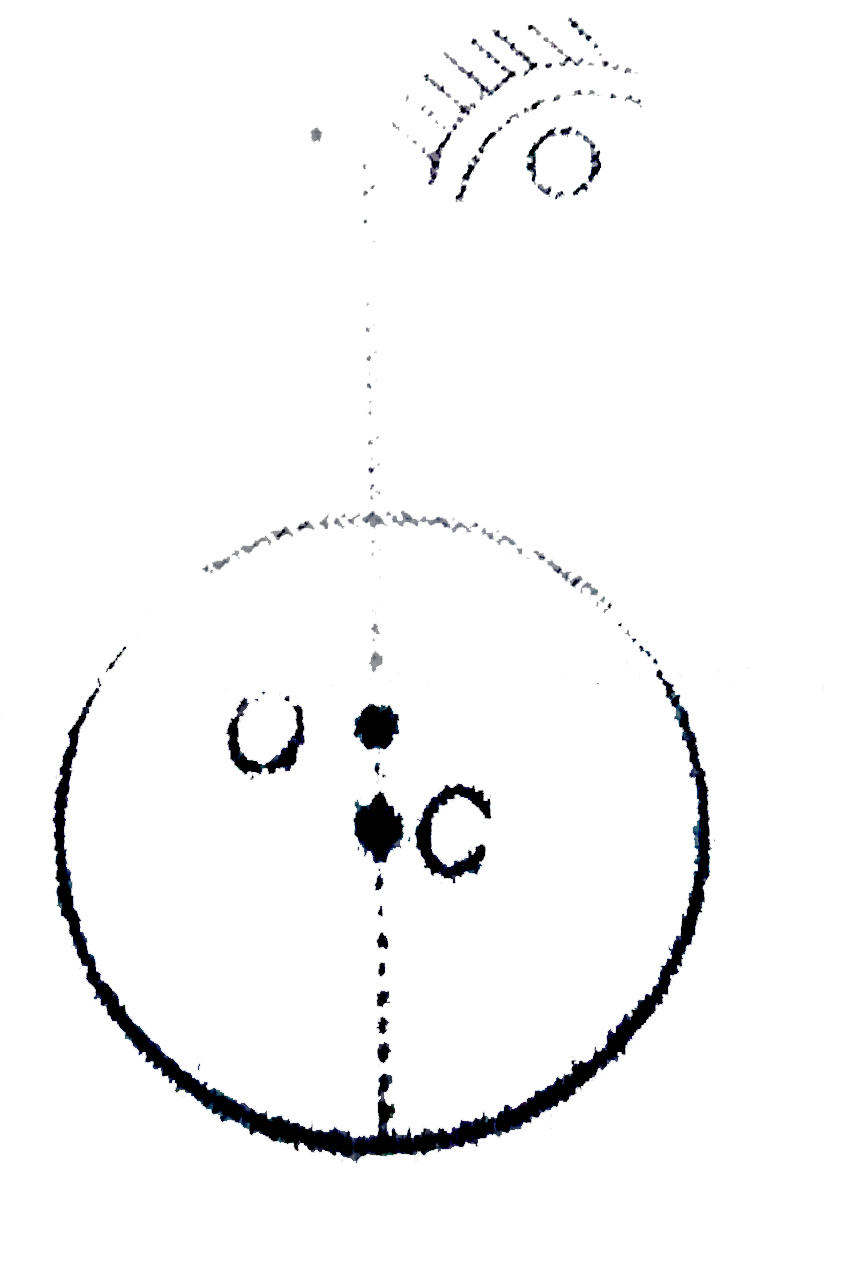 View Solution
View SolutionA smooth sphere (mass 10kg. negligible radius) rolls on a smooth curved surface from the point A with a speed of 10m/s as shown in figure. The sphere reaches the point D passing through point B. If the ground is taken as reference . Then [ Take g=10m/s2]
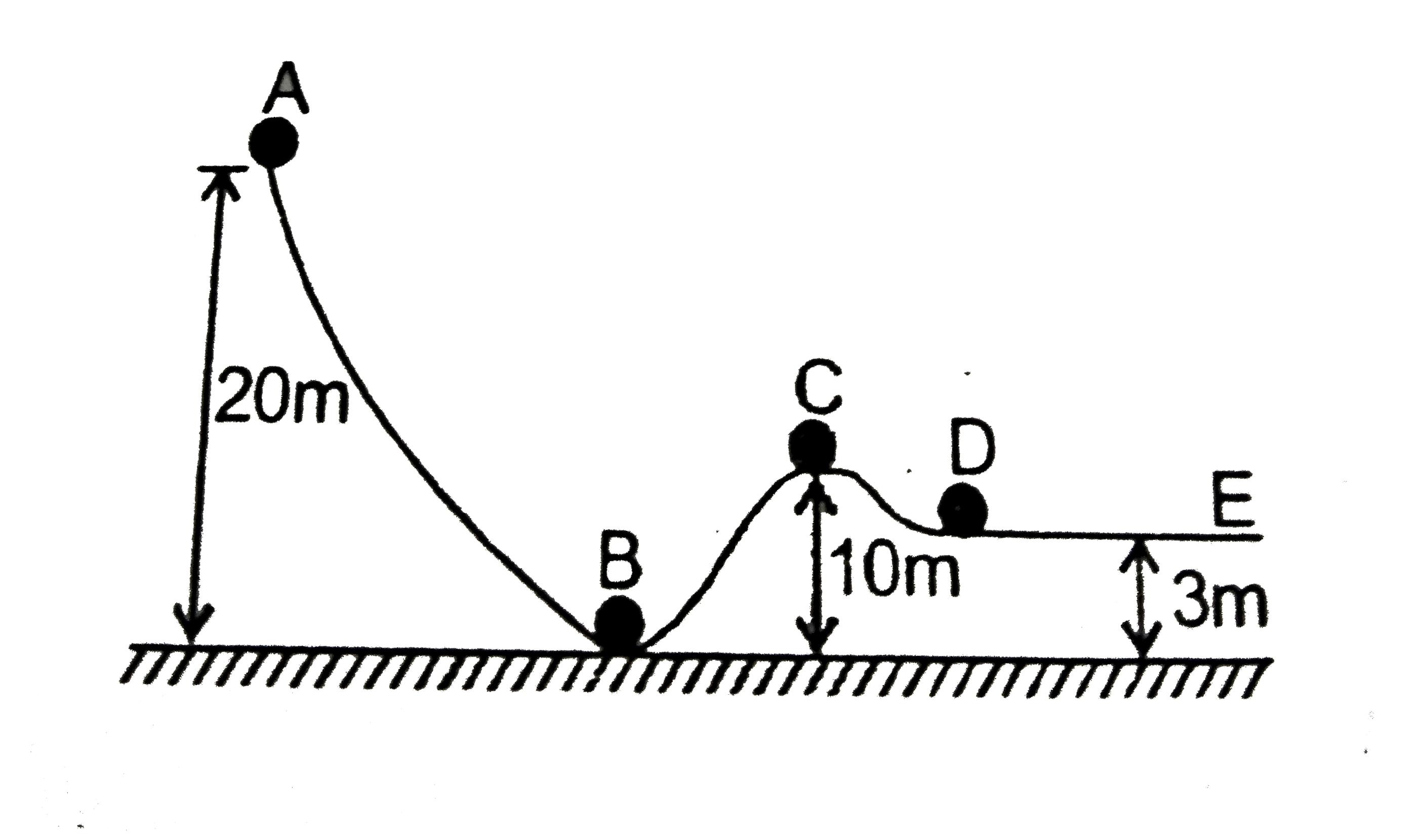
The total energy of the sphere at the point A.View SolutionA smooth sphere ( mass 10kg. negligible radius ) rolls on a smooth curved surface from the point A with a speed of 10m/s as shown in figure. The sphere reaches the point D passing through point B. If the ground is taken as reference . Then [ Take g=10m/s2]
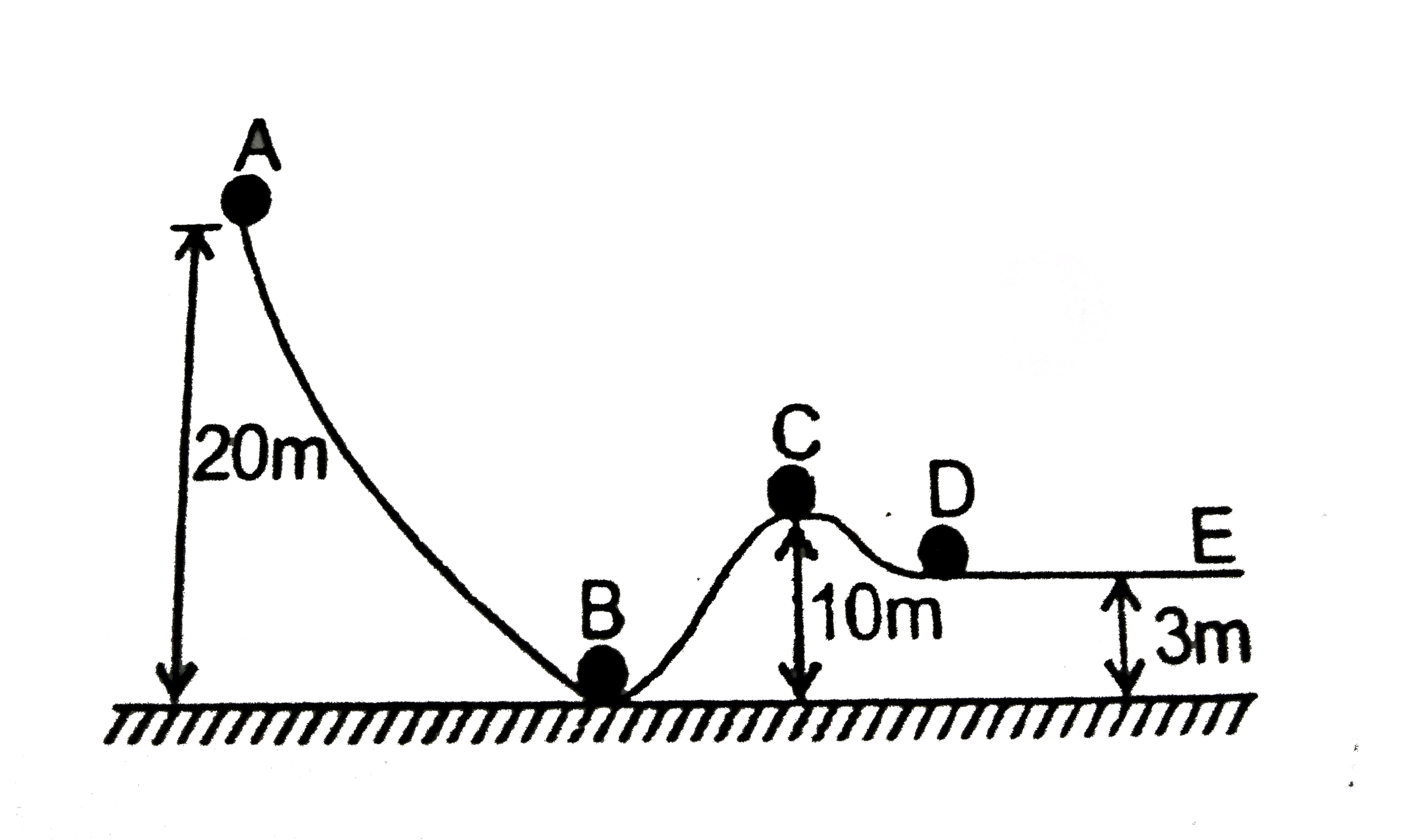
The kinetic energy at CView SolutionA smooth sphere ( mass 10kg. negligible radius ) rolls on a smooth curved surface from the point A with a speed of 10m/s as shown in figure. The sphere reaches the point D passing through point B. If the ground is taken as reference . Then [ Take g=10m/s2]
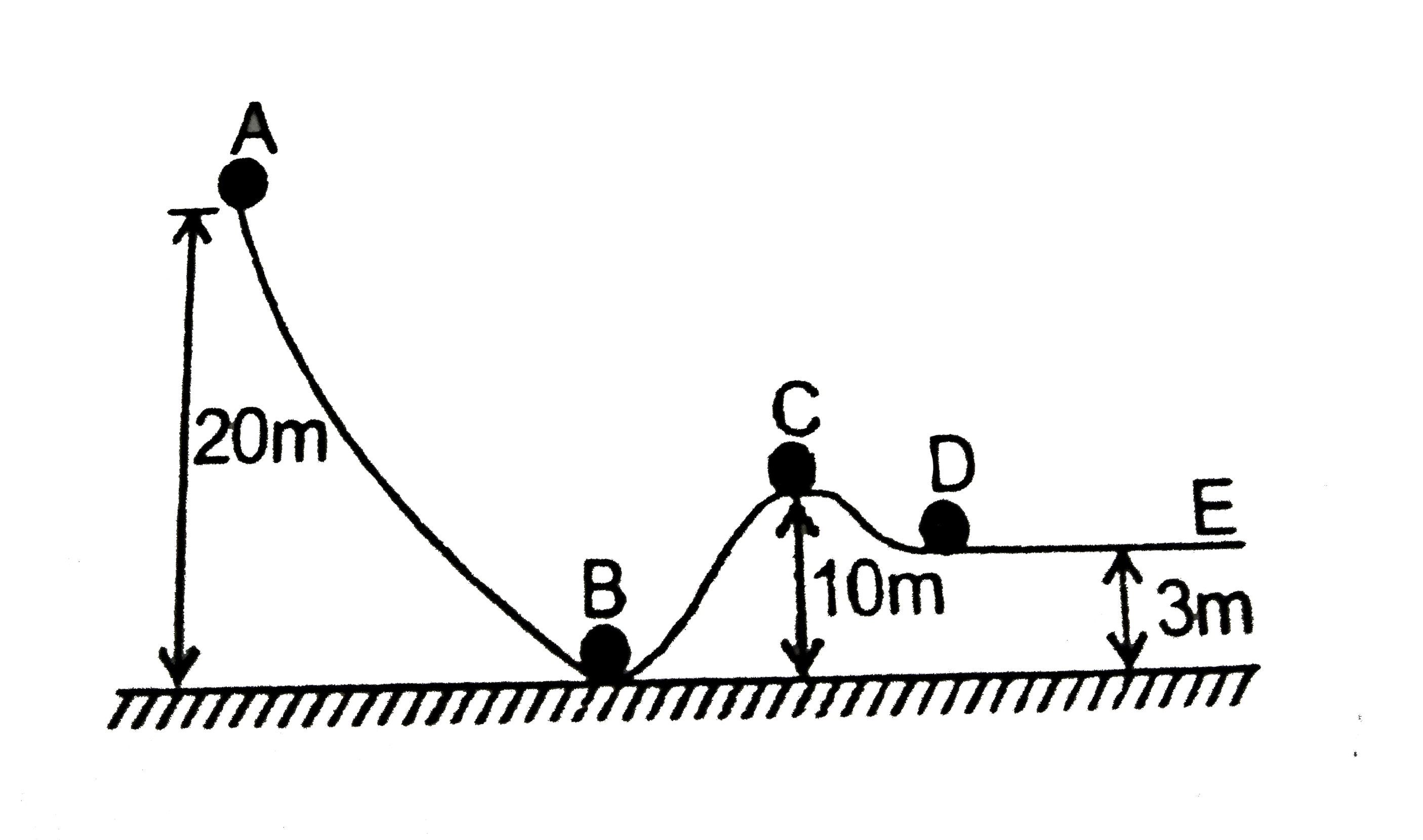
Will the sphere go beyond D ?View SolutionA smooth sphere ( mass 10kg. negligible radius ) rolls on a smooth curved surface from the point A with a speed of 10m/s as shown in figure. The sphere reaches the point D passing through point B. If the ground is taken as reference . Then [ Take g=10m/s2]
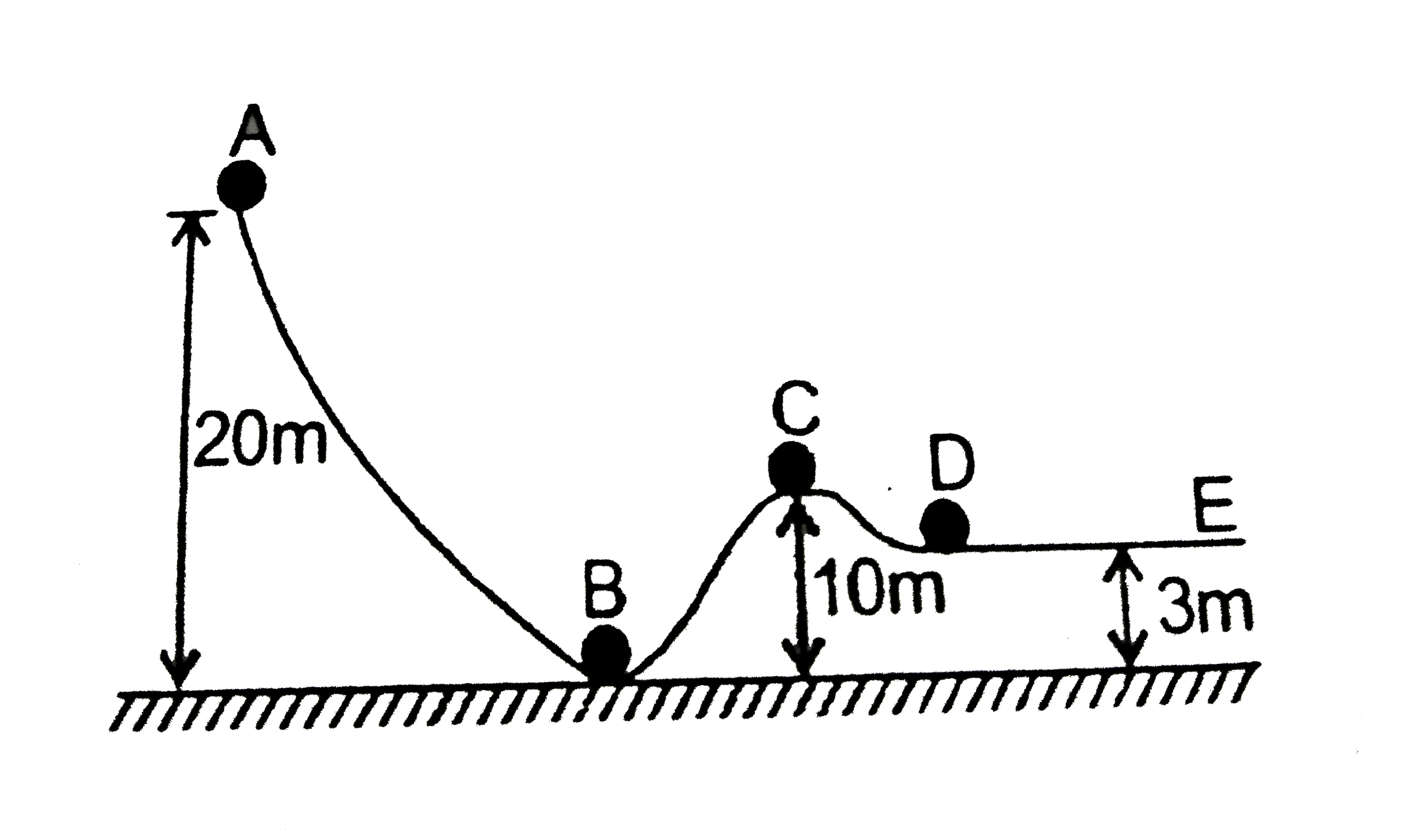
The kinetic energy at D,View SolutionA monochromatic point source of light O is seen through a rectangular glass block ABCD.
Paths of two rays, in and outside the block, are shown in the figure below.

For the same rectangular glass block, which colour from the visible spectra will produce the maximum shift?View SolutionA man in a car at location Q on a straight highway is moving with speed v He decides to reach a point P in a field at a distance d from the highway (point M) as shown in th e figure . Speed of the car in the field is half to that on the highway what should be the distacne RM so that the time taken to reach P is minimum ?
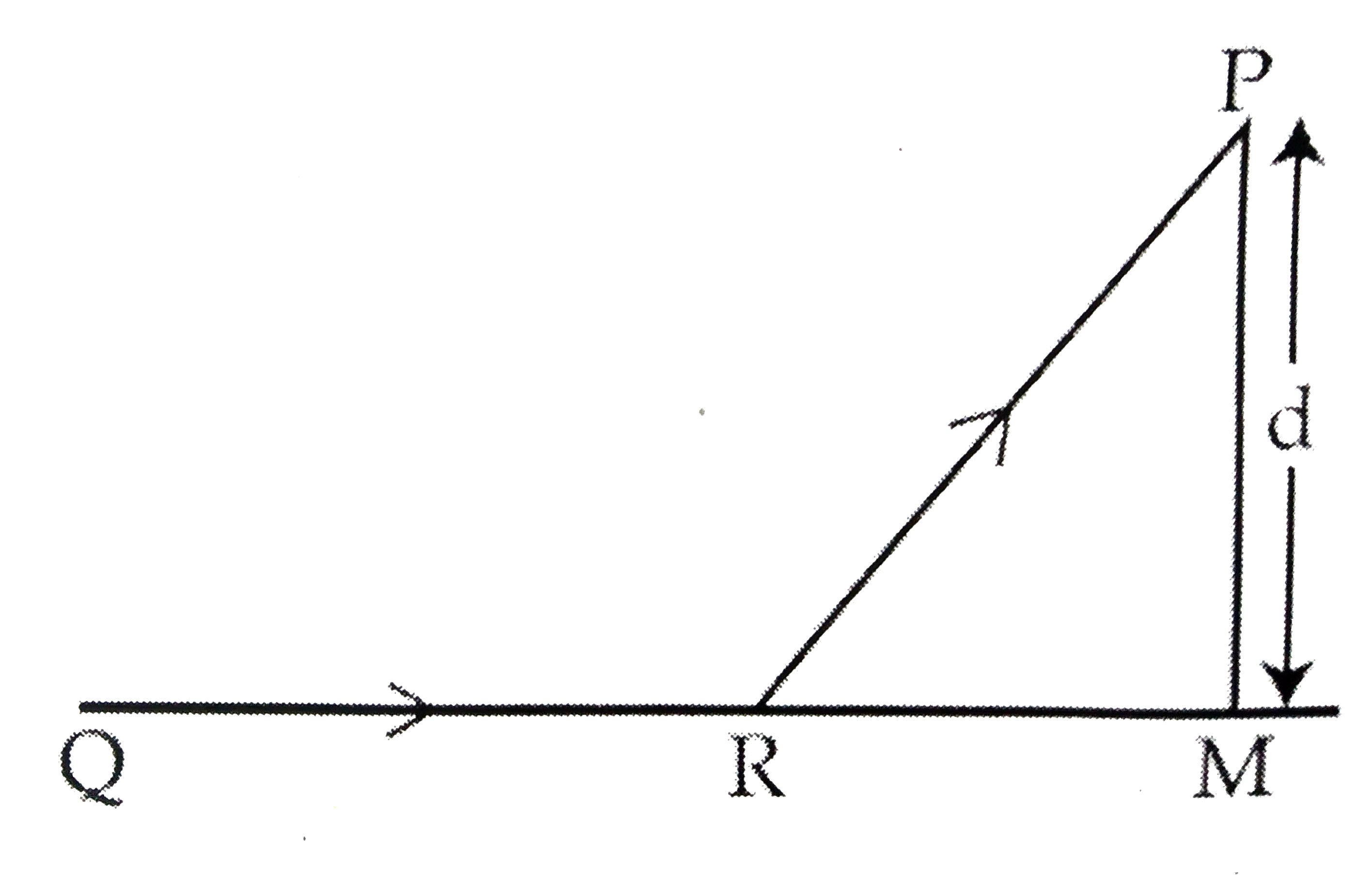 View Solution
View Solution

